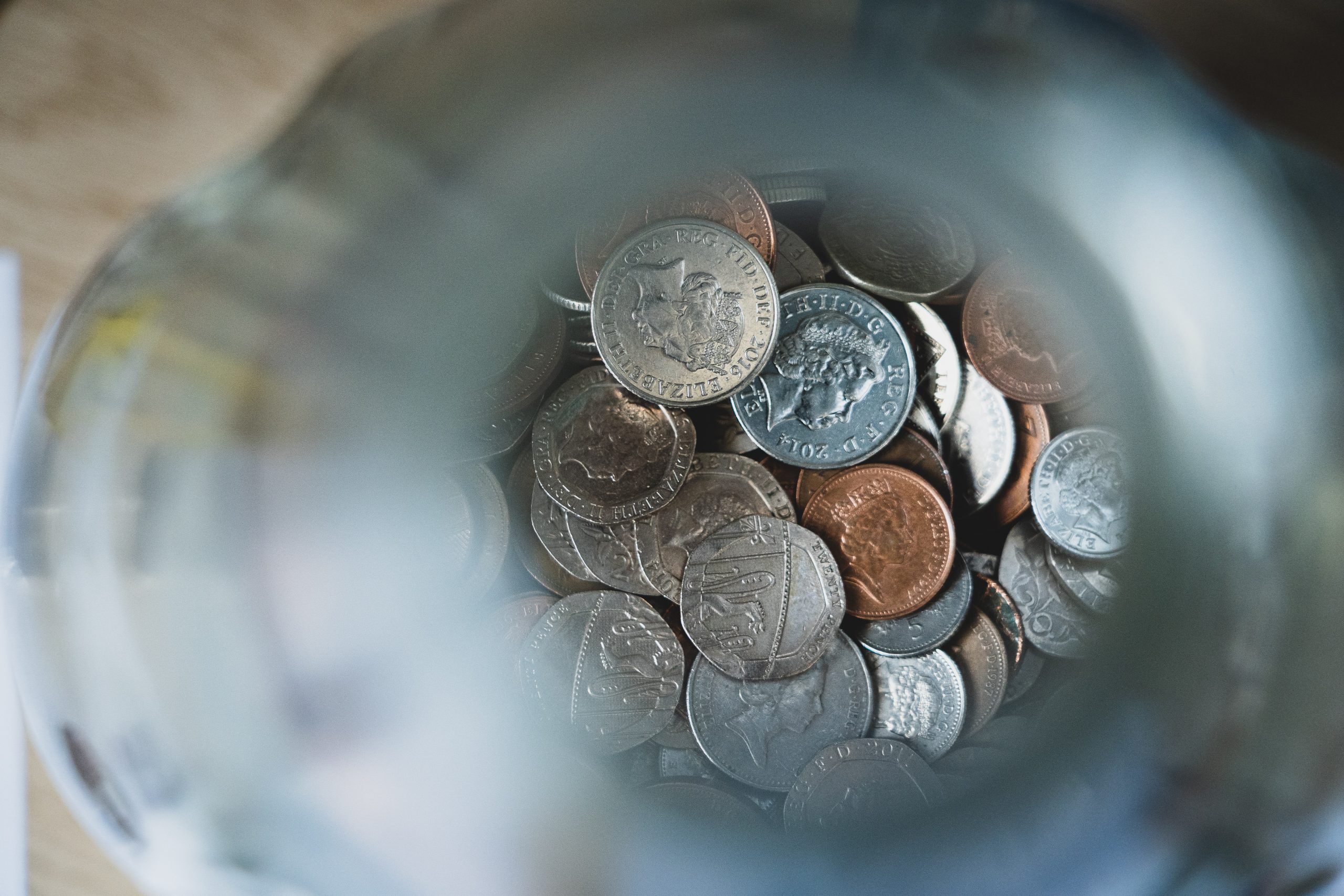
How do you calculate a percentage?
Calculating a percentage involves determining a part’s portion in relation to a whole and expressing it as a fraction of 100. To calculate a percentage:
- Identify the part you want to find a percentage of.
- Divide the part by the whole.
- Multiply the result by 100.
For example, if you have 75 out of 150:
- Divide 75 by 150 to get 0.5.
- Multiply 0.5 by 100 to get 50%.
So, 75 is 50% of 150.
Alternatively, if you have a percentage (20%) and a whole (200):
- Divide 20 by 100 to get 0.2.
- Multiply 0.2 by 200 to get 40.
Thus, 20% of 200 is 40.
What is a Percentage Calculator used for?
A Percentage Calculator is a tool used to perform calculations involving percentages. Percentages are a way of expressing a portion of a whole as a fraction of 100. This calculator is widely used in various fields for a multitude of purposes. Here’s an expanded explanation of its applications:
Finance and Business:
- Discounts and Sales: Retailers use percentage calculations to apply discounts and determine sale prices. It helps them attract customers and manage inventory effectively.
- Interest Rates: Financial institutions use percentages to calculate interest rates for loans, mortgages, and investments.
- Profit and Loss: Businesses calculate profit margins and assess financial performance using percentage calculations.
Education:
- Grading: Teachers use percentages to evaluate students’ performance and assign grades based on their scores.
- Weighted Averages: Percentages are used to calculate weighted averages of grades based on different assignments and exams.
Health and Fitness:
- Nutritional Information: Food labels often show the percentage of recommended daily values for nutrients, helping people make healthier choices.
- Weight Loss: Individuals track their weight loss progress by calculating the percentage of body weight lost over time.
Science and Research:
- Statistics: In scientific studies, percentages are used to express proportions, such as the percentage of a population with a specific characteristic.
- Growth Rates: Researchers use percentages to describe the growth or decline of populations, species, or phenomena.
Real Estate:
- Property Taxes: Property owners use percentage calculations to determine property tax assessments based on the assessed value of their real estate.
- Rent Increases: Landlords may use percentages to calculate rent increases based on the terms of a lease agreement.
Cooking and Recipes:
- Ingredient Proportions: Recipes often involve percentages to indicate the proportion of ingredients in a dish, especially in baking.
Online Shopping and E-commerce:
- Shipping and Handling: Online retailers may apply a percentage-based shipping or handling fee to the total purchase price.
Budgeting and Personal Finance:
- Savings Goals: People calculate how much they need to save to achieve a certain financial goal, like a down payment on a house or a vacation.
- Monthly Budgeting: Budgeters allocate percentages of their income to different expense categories like housing, food, and entertainment.
Probability and Risk Assessment:
- Probability: In probability theory, percentages are used to express the likelihood of an event occurring.
- Insurance Premiums: Insurance companies use percentages to calculate premiums based on the assessed level of risk.
